2 Frogs, 2 Crayfish, & 2 Night Crawlers • An Old Notebook • Point No Point • Dreary Island, a Game Fish, & Rumination on the Point of Wood Engraving
23 September, 2009 • 2 Frogs, 2 Crayfish, & 2 Night Crawlers
There is nothing about a bird that has not been noted, and thought about. I assume the man in the distant boat knows what he is doing. As I drag this night crawler across the bottom of Lake Pepin from Point No Point to the mouth of the Rush River, I clearly do not. I wonder about the ceaseless motion of the water’s surface: the constant shifting of reflections whose seemingly random and abstract nature cannot be so. There must be a specific set of physical causes for each and every movement. The problem of rendering such vast, unfathomable possiblilities as the surface of the lake is interesting.
I watch the birds: the ever-present seagulls, and some smaller, faster birds working the air just above the water. Surely food cannot always be what moves them. There is sex of course, but not now, in the middle of the lake, in the middle of the afternoon. Out here all becomes significant: a fly, a leaf, a feather, myself. I wonder about these butterflies, one by one, making the three-mile flight across Lake Pepin from Wisconsin to Minnesota. Perhaps they are in training for the trip to Mexico. Perhaps they are on their way, but why cross the river?
Early this morning, as I motored up river from Stockholm toward Maiden Rock, pelicans were scattered across the lake. Now, five hours later, they have gathered into two flocks, one up river from the mouth of the Rush, and the other down. I am close enough to see that the flock downriver is milling about, seemingly in a similar, spiraling kind of pattern that they follow as they ride the currents of each other’s wings in flight. But in the water there is much splashing and seemingly awkward movement, unlike the measured discipline of flying in formation. Sex? Perhaps group sex, but it seems unlikely that sex would be the object this time of year.
2 frogs + 2 crayfish + 2 night crawlers = 1 sheepshead
Suddenly, a leap.
Why do fish jump?
To see who has come.
In 1970, after a winter’s study of Outdoor Life magazines in the windowless basement bedroom, fishing season opened with 21 hours of futility. Over the next few years interest gave way to obsession, fishing led to poetry and, ultimately, the making of books.
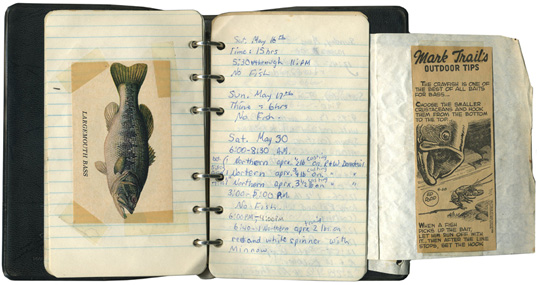
Twenty-nine years have come and gone. I have become a collector of books, and other things. For Mayflies of the Driftless Region, a species had to be caught to get into the book. The same approach seems likely for The River: I plan to collect specimens of fish (among other things), photograph them, and turn them into wood engravings. As I look back over my first month on the river, I find the futility of having caught but three out of eighty possible species of fish frustrating, but also invigorating. I feel I’m going back, but with a slope more dramatic, as the banks of the Mississippi River carry far more water than those of the Red River of the North, and the water moves in a different direction.
15 September, 2009 • Point No Point
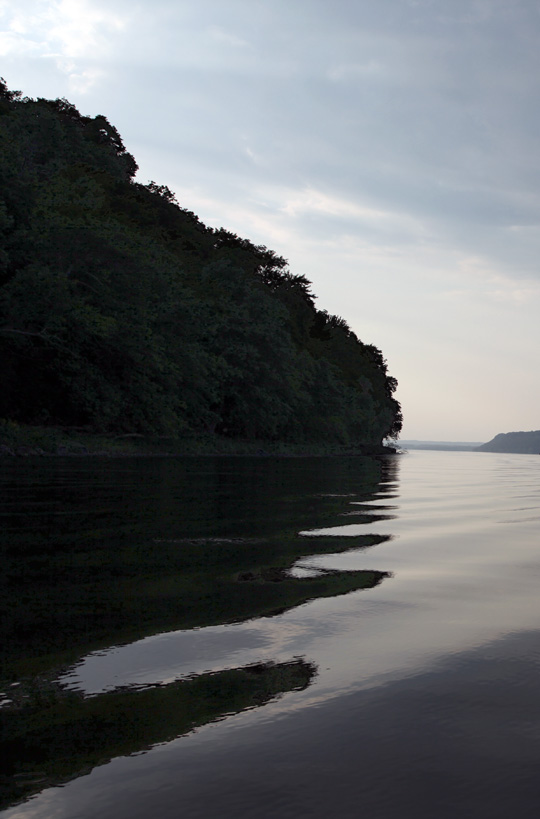
Late afternoon.
Point-No-Point
in the shadow of itself.
I pull in close.
Hidden from the sunset
I catch nothing.
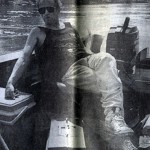
What was John Little working on?
Catching fish.
Why do fish jump?
I wonder…
3 September, 2009 • Dreary Island, a Game Fish, & Rumination on the Point of Wood Engraving
While motoring toward home from Dreary Island an extraordinary thing happened. Suddenly, out in the middle of the Lake, the surface came alive with fish leaping after smaller fish. Sea gulls were diving and calling out. I stopped the motor, and, with the small white plug I had been urged to buy for just such a moment, I caught a white bass. It was vibrant, and lively, flopping around and making this photograph a hard-earned prize.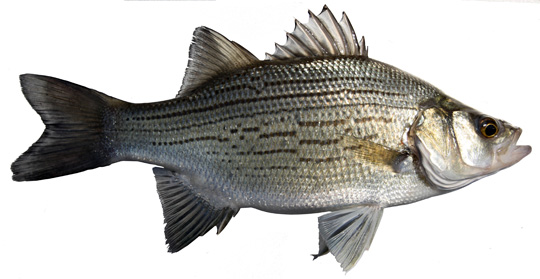
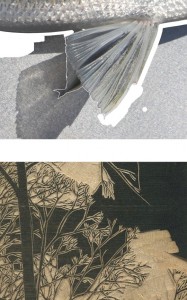
The process of clearing background from around an image in Photoshop is similar to clearing around an image engraved in wood. To get into the tight spaces one must start with a fine tool, and then gradually increase the size of the tool in order to clear out larger areas. The question arises, of course, as to the point of replicating an image in wood, by hand, when one has a fine photograph of the fish itself, and Photoshop: a good question.
While working on specimen images for Sylvæ, Ben and I adopted a policy of “raising” a voice, so long as we didn’t change that voice. This allowed us to push images in a direction of interest in order to make some aspect of the image more obvious. This begins to answer the question, but there is more. Blind obsession takes us to unexpected places, sometimes far beyond our expectations. The longer the period of time one allows oneself to continue down such a path, the further one is able to travel from the expected. Finally, when we are able to take something we see, and process it through our intellect, we are able to construct a system of replication that others find pleasure in discovering, and relating to.
